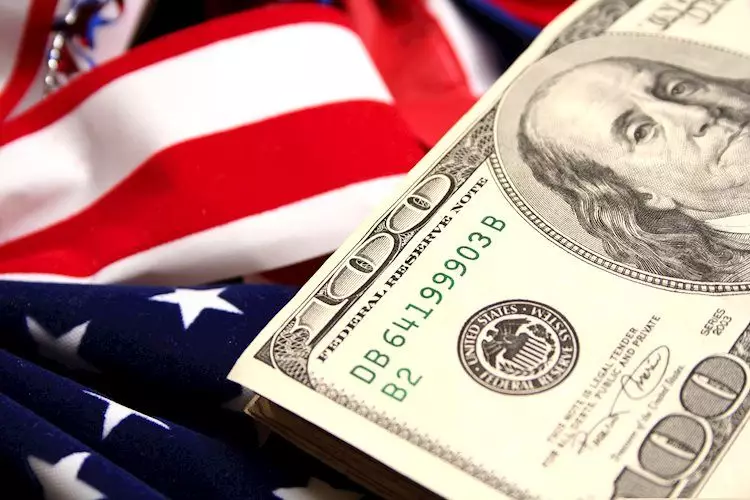In light of today’s Federal Open Market Committee (FOMC) meeting, the US Dollar has seen a notable decline, creating an atmosphere of uncertainty around the currency. This change is being driven primarily by expectations around interest rate adjustments. With the market consensus favoring a modest 25 basis-point cut, speculation persists that a more dramatic reduction of 50 basis points could also be a possibility. Thus, a deeper examination of the current economic landscape is warranted to understand what this means for the future of the US Dollar.
As traders and investors eagerly await the FOMC’s decision, market analysts are dissecting the implications of the potential interest rate cuts. The prevailing sentiment suggests a likelihood of a 25 bps reduction, yet nearly 70% of the market is pricing in the chance of a steeper 50 bps cut. This disparity indicates a significant confidence among some analysts that the Fed may adhere to a more aggressive stance, primarily due to ongoing pressures in the labor market and an economy that, despite its struggles, shows signs of resilience.
It’s crucial to note that while some argue for a substantial cut, others view this prospect as overly optimistic. Historical data has demonstrated that the Federal Reserve is generally cautious in adjusting rates. Following the last tumultuous economic cycle, the behavior of the Fed has leaned towards moderation rather than aggression, often reacting hesitantly to economic warning signs.
A critical aspect of the FOMC meeting is the release of the Fed’s Dot Plot. This visual representation of the FOMC members’ projections regarding future interest rates will be pivotal in informing market participants about the Fed’s policy trajectory. Any dovish shift in this plot could lead to a depreciation of the US Dollar, as it may signal a departure from previous tightening measures.
The mechanisms of monetary policy directly impact both inflation and unemployment rates, which are at the forefront of the Fed’s dual mandate. A dovish tone, coupled with lower interest rates, often leads to decreased confidence in a currency’s valuation, thus contributing to a weakened US Dollar. Investors will not only be analyzing the immediate decision but will be scrutinizing the underlying language used by Fed Chair Jerome Powell during the accompanying press conference.
Looking at the technical indicators surrounding the US Dollar Index (DXY), the outlook appears grim. Various signals indicate bearish sentiment permeating through the market. The DXY has failed to hold above key moving averages such as the 20-day Simple Moving Average, and patterns within the Relative Strength Index indicate consistent weakness below the 50 mark. Furthermore, the Moving Average Convergence Divergence (MACD) suggests a continuation of this downward trend, as the market prints increasingly lower green bars.
Key support levels of 100.50, 100.30, and 100.00 are critical benchmarks that could determine the index’s short-term trajectory. Conversely, resistance levels around 101.00, 101.30, and 101.60 represent psychological barriers for traders who are eager to speculate on the future performance of the Dollar.
The US Dollar is more than just a national currency; it serves as the world’s primary reserve currency, a status that has persisted since the end of World War II. Its role in global trade and finance is paramount, influencing economic conditions worldwide. Traditionally, the Dollar’s performance has been closely tied to US monetary policy decisions, which aim to stabilize inflation and bolster employment.
The last major economic intervention by the Fed, known as Quantitative Easing (QE), was implemented during the Great Financial Crisis and typically works by increasing liquidity in the market, thus lowering the value of the Dollar. As we look forward, some speculate that if the current economic conditions warrant it, similar measures may soon follow. Conversely, the end of QE practices and the initiation of Quantitative Tightening (QT) can lend support to the Dollar, highlighting the delicate balance the Fed must maintain.
As the market braces for the FOMC announcement, the future health of the US Dollar hangs in a precarious balance. With various economic indicators pointing toward potential rate cuts and a dovish outlook, the landscape appears to favor a weakened Dollar. Traders, analysts, and policymakers alike will need to remain vigilant as the intricacies of monetary policy play out on the global stage, shaping not only the currency’s performance but also the broader economic context. The decisions made today will undoubtedly resonate through financial markets long after the FOMC has adjourned.

